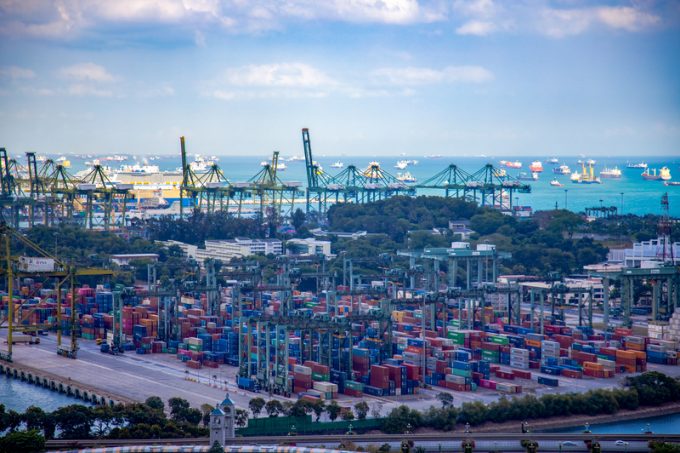Maersk eyes 'cut and run' moves as port congestion brings delays
*Edited at 10:45am on 12 February to include a response from PSA Singapore and Maersk* Maersk ...

Major delays have now hit the port of Singapore, with congestion causing vessel turnaround times to more than double and week-long cargo rollovers.
Peter Sundara, VP global ocean product at LF Logistics, told The Loadstar: “There’s a lot of vessel bunching, which is causing delays, and we see feeders coming in from South-east Asia missing connections with mainline vessels.
“In turn, the mainline vessels coming in are overbooked, therefore transhipment containers are missing their nominated vessels and getting rolled – for a week, ...
Volcanic disruption at Anchorage could hit transpacific airfreight operations
Shippers snap up airfreight capacity to US ahead of tariff deadline
New price hikes may slow ocean spot rate slide – but for how long?
Forwarders stay cool as US 'liberation day' tariffs threaten 'global trade war'
Tighter EU import requirements proving 'a challenge' for forwarders
Supply chain delays expected after earthquake hits Myanmar
Looming Trump tariffs will create 'a bureaucratic monster' for Customs

Comment on this article